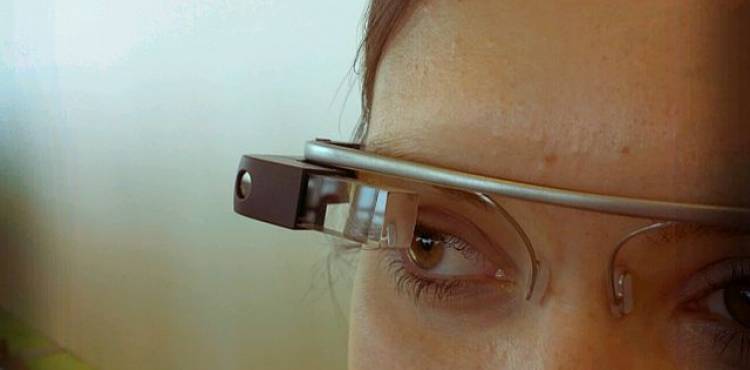Tracking customers in-store; the stuff sci-fi novels were made of

Sci-fi authors – the Nostradami of technology – have been making accurate predictions of modern-day living since as far back as 1888 when the idea of debit cards surfaced in the utopian tale “Looking Back.” Similarly, Philip K. Dick, the author behind “Minority Report," foresaw and wrote about various technologies that are being put into play today by forward-thinking retailers.
Essentially, it’s the emergence of omni-channel and the need to create seamless shopping experiences across various channels that is bringing the stuff of fiction to real life. In a scene from the “Minority Report,” Tom Cruise is bombarded by facial recognition systems that are making purchase recommendations seemingly based on his historic shopping data. Sound familiar?
In fact, in a report from Forrester, titled “Infrastructure Will Drive The Retail Store Experiences Of The Future,” facial recognition and wearables, like Google Glass – originally described in the book Neuromancer written back in 1984 – are referenced as keys to future retail success.
“Technologies like wearables, RFID tagging, iBeacon, interactive digital displays, and facial recognition (to name just a few) are reshaping the way retailers craft in-store experiences for their customers,” said JB Gownder in a Forrester blog about the research firm’s report. “Retailers are constantly seeking technologies to both bolster customer experience and increase efficiency – and of course the two are interrelated.”
Alternatives to facial recognition
For retailers that might not yet be strategizing for the proliferation of Google Glass or facial recognition, there are still plenty of ways to follow the customer along their purchase path while also developing positive, interactive in-store experiences. IBM, among others, is leading the way with robust technologies that are quite accessible. In the case of IBM, its new technology is dubbed Presence Zones.
“Presence Zones transform the in-store experience by using intelligent location-based sensors that help retailers engage shoppers with real-time promotions as they move through the store,” explained an editor at Forbes. “The goal is to integrate the physical and digital experience and create a seamless journey that benefits both the customer and the retailer. As the customer moves through the store, IBM’s new technology allows the retailer to extend relevant and timely offers based on their time spent browsing different aisles and products.”
IBM creates these in-store experiences by latching onto mobile devices – with the shopper’s approval – to offer helpful advice like coupons, product details and more. For customers who might choose to opt-out of these services, retailers can also take the route chosen by Burberry.
“The flagship, by Burberry's description, has seamlessly integrated technology throughout,” explained the editors at Mashable. “Full-length screens wrap the store, transitioning between audio-visual content displays, live-streaming hubs and mirrors. Radio-frequency identification (RFID) chips have been attached to certain clothes and accessories so that when a customer approaches one of the screens in a fitting room, specific content — say, information about a bag's stitching and craftsmanship, or a video showing how a skirt was worn on the catwalk — will appear.”
If a massive wall-sized screen isn’t in the budget, iPads and other tablets placed strategically throughout a store can serve a similar purpose. Shoppers can use these tablets as a method for getting additional product details through video, as one example. And retailers can use them to get social media likes, consumer insight through brief surveys and more.
Whether a retail company is writing their own novel on how they foresee the future of customer engagement or whether they’re relying on the IBMs of the world to show them the way, customer expectations are on the rise. To stay in the know about how the omni-channel experience is materializing on- and offline, subscribe to the NetSphere Strategies blog.